The functional development of the intestine, as a digestive and absorption organ, is closely related to its development as an immune organ.
The functional development of the intestine, as a digestive and absorption organ, is closely related to its development of the immune system.
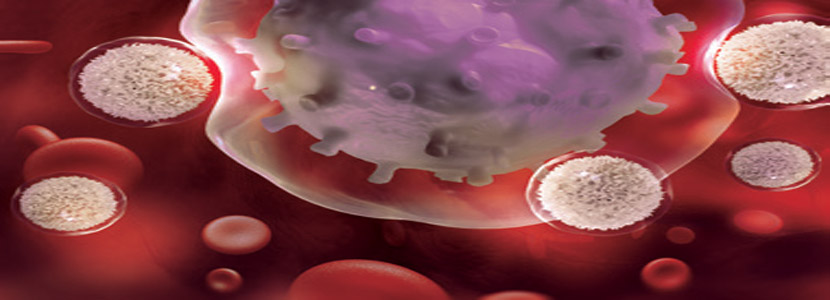
Vaccination is generally considered to be the most important process that results in immune 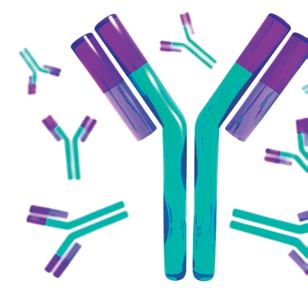
This perception is derived from the specificity of this process. However, the current understanding of immunological principles implies that other management processes are very relevant in improving productivity through immunity control.
Herd immunity implies
Investments in nutritional quality
Rational use of food additives
Use of antibiotics
Biosafety
Work training
Well-structured vaccination protocol
The intestinal immune barrier
Lymphoid tissue
The lymphoid tissue associated with the mucosa (MALT) is highly developed. The intestinal component of this system is the lymphoid tissue associated with the intestine (GALT), which corresponds to 80% of all MALT and is composed of a complex organization of primary and secondary lymphoid organs.
Peyer’s patches(organized lymphoid tissues present in the intestinal wall) are composed of B-lymphocytes, most of which secrete IgA in the intestinal lumen.
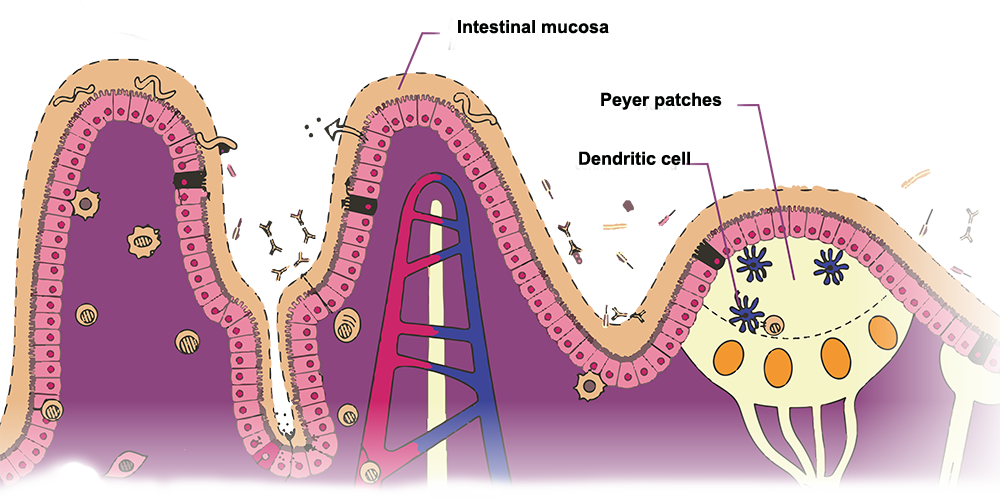
Young pigs have several Peyer’s patches that, like other lymphoid tissues, involute with age. Thus, in later stages of life, lymphoid aggregates in the intestine are more difficult to identify.
Intestinal Mucosa
The intestinal mucosa, consisting of the epithelium and lamina propria, is also rich in leukocytes.
Lymphocytes are present in the intestine at birth and during the first days of life they colonize the intestine until they reach maturity.
The processing of foreign materials (antigens) by GALT follows a sequence similar to that of systemic lymphoid tissues. However, in GALT enterocytes also play a role in the transport of molecules from pathogens to immune cells.
In the intestinal epithelial lining, M cells are crucial in performing this task. Both enterocytes and M cells will contribute to the defence against pathogens.
Local intestinal architecture often changes in response to pathogens, with alterations in crypt depth, mucus production, infiltration of lymphoid cells, increased spacing between cells, and so on.
More specific responses develop in Peyer’s patches, thanks to the activity of B-lymphocytes that produce IgA directed to the pathogen.
Immunity and nutrition
Immune response
Following pathogen invasion, many structural changes occur in the gut related to permeability, cell infiltration, crypt reinforcement, mucus and enzyme production, as well as specific antigenic responses.
The specific response to a pathogen, called the adaptive immune response, is associated with two main types of cells:
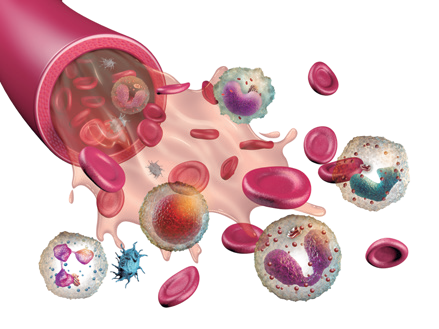
T-lymphocytes, which recognize the main histocompatibility complex (MHC)-antigen complex, presented on the surface of antigen-presenting cells (macrophages, dendritic cells and finally even enterocytes).
Antigen uptake by M cells through pyocytosis or phagocytosis also determines the sensitization of T and B lymphocytes in the germ centres of Peyer’s patches. After antigen binding to B cell receptors, cell division and clonal expansion begin with the production of specific antibodies to the antigen that incites the cells.
Integrity of the intestinal tract
Due to the intimate connection of the lymphoid tissues to the intestinal epithelial lining, the 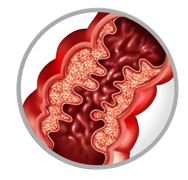
The functional development of the intestine, as a digestive and absorption organ, is closely related to its development as an immune organ.
Among all the factors that are relevant in the natural protection of pigs, an optimal composition of the diet will determine the best possible results in achieving a balance between the activation of immunity and the productivity of the animal.
Intestinal microbiota
The microbiota is very relevant in the context of intestinal health. Animals exposed to an environment with a low load of environmental pathogens (under laboratory conditions) tend to perform better compared to field conditions, due to the cost of responding to the challenge by activating immunity.
Germ-free animals have a 10-30% lower metabolic demand than conventional pigs. Only when the diet is more strictly controlled and the microbiota is improved, animals under normal conditions can outperform germ-free animals.
Obviously, “germ-free” is not an option for farm animals and therefore it is very important to control the bacteria that interact with mucosal immunity. Between the two possible points for controlling intestinal immunity (nutrition and microbiota), the latter is much less known.
Responses to “microbiota enhancers” are usually unstable and vary widely between different situations. The best responses come from establishing a high-quality microbiota from the first few weeks of life, when intestinal bacterial populations are still labile.
The impact of microbiota on immunity and the dynamic interactions that occur are very sensitive, with the role of antibiotics in this delicate balance being notable.
Growth promoting antibiotics have a tremendous impact on the immune function of the gut by altering the microbial constitution and therefore function as long term performance enhancers.
GALT Maturation
Antigen-induced maturation of GALT can follow very different pathways, depending on the level and quality of the stimulus provided.
In a balanced situation, the antigen-host interaction will lead to the production of intestinal IgA. This is maintained in a “healthy” state by the action of suppressive and regulatory cells that are abundant in the mucosal tissues.
In these sites, it is common for dendritic and lymphoid cells to constantly secrete regulatory factors (such as retinol) that prevent undesirable responses to oral antigens. This is crucial in order to avoid immunopathology: mucosal tissues must not respond to food as they would to a pathogen, otherwise food allergy would arise.
The price of the immune response
The stimuli produced by pathogens induce strong inflammatory responses in the intestines, and the cost and stress associated with these reactions are far from ideal. Therefore, in this sense, growth promoting antibiotics have a great impact on immunity and productivity.
Resource consumption
The activation of the immune response has two consequences:
Fever
Some inflammatory molecules can reach the hypothalamus and control body temperature, inducing fever. This is a natural antipathogenic response that requires a lot of energy to raise the temperature a few degrees.
Loss of appetite
Inflammation also negatively regulates appetite and food consumption will decrease until the last stages of immunity are reached. The later stages of immunity (such as IgA production), while costly, are less demanding, as there is no fever or change in appetite in these stages.
Consequently, the goal in influencing mucosal immunity is to maintain the benefits of the presence of immunocompetent cells and IgA with strictly maintained modulation, which is necessary to regulate inflammatory mediators.
In this way, the immune response can be harnessed to act successfully on any future encounter with environmental challenges, while avoiding inflammation-related performance loss.
The increase in knowledge of the dynamics involved in the mucosal immune response in recent years has allowed the development of measures that can optimize production, ensuring a sensitive balance between immune response and performance.
Nutrition is especially relevant for animals in challenging environments. Responses to pathogens in these situations will occur mainly in the mucosa, in the intestines and in the respiratory tract.
Controlling immunity, either through microbiota or directly by immunonutrition, is vital to prevent productivity losses. A balance between strong immune responses and performance must be achieved. This depends on the interactions involved in the largest immune organ, the GUT.
Subscribe now to the technical pig magazine
AUTHORS

Bifet Gracia Farm & Nedap – Automated feeding in swine nurseries

The importance of Water on pig farms
Fernando Laguna Arán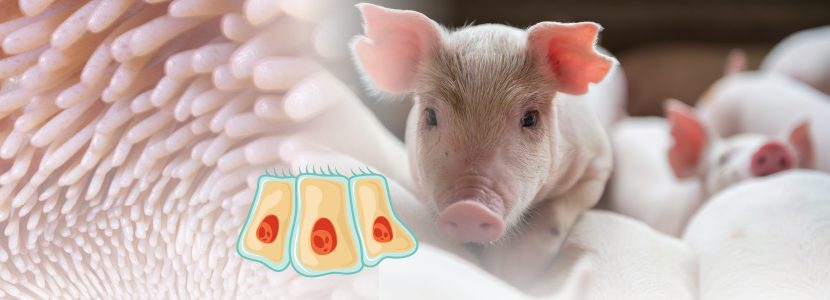
Microbiota & Intestinal Barrier Integrity – Keys to Piglet Health
Alberto Morillo Alujas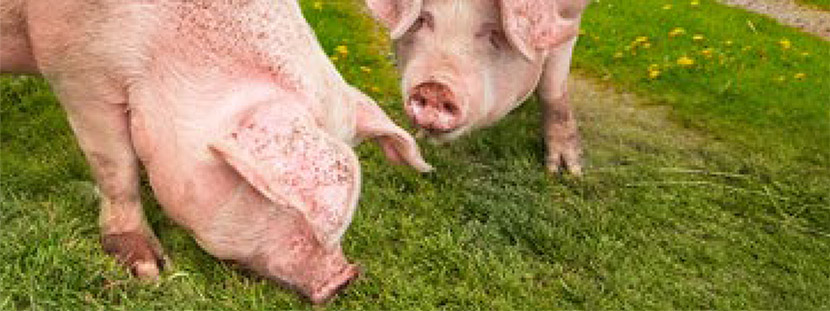
Impact of Reducing Antibiotic use, the Dutch experience
Ron Bergevoet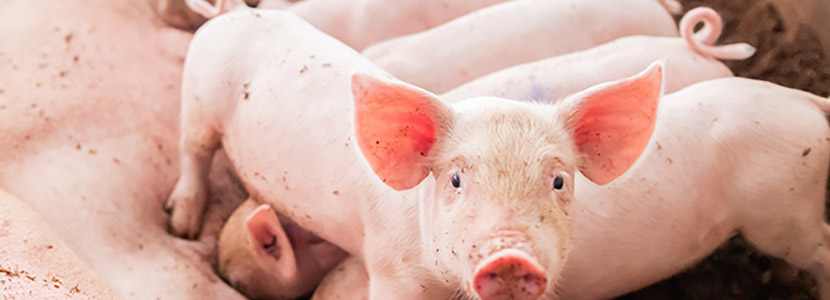
The keys to successful Lactation in hyperprolific sows
Mercedes Sebastián Lafuente
Addressing the challenge of Management in Transition
Víctor Fernández Segundo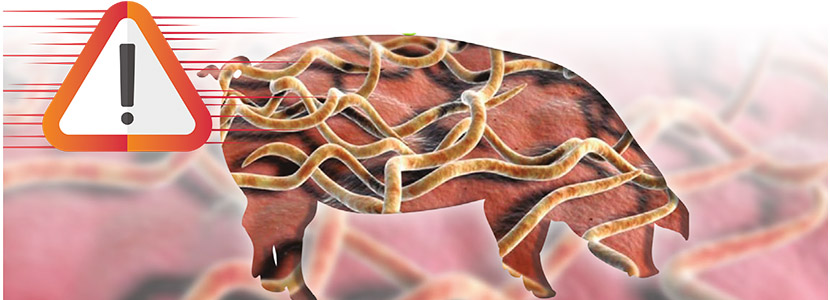
Dealing with the rise of Swine Dysentery
Roberto M. C. Guedes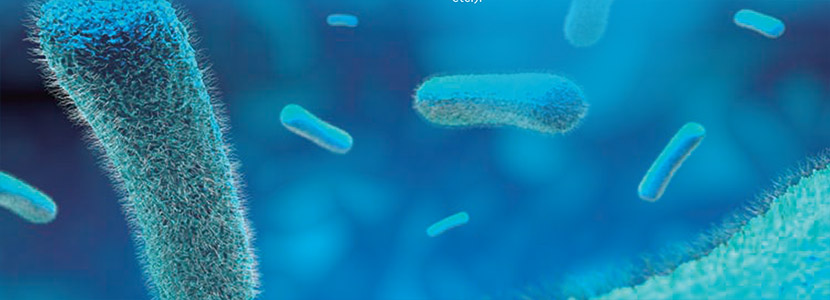
Actinobacillus pleuropneumoniae – What are we dealing with?
Marcelo Gottschalk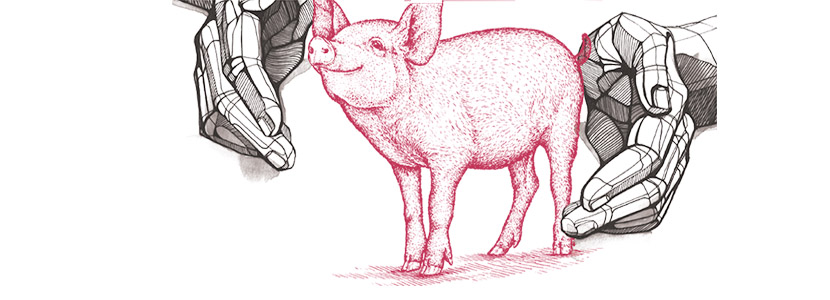
The new era of Animal Welfare in Pig Production – Are we ready?
Antonio Velarde
Gut health in piglets – What can we do to measure and improve it?
Alberto Morillo Alujas
Interview with Cristina Massot – Animal Health in Europe after April 2021
Cristina Massot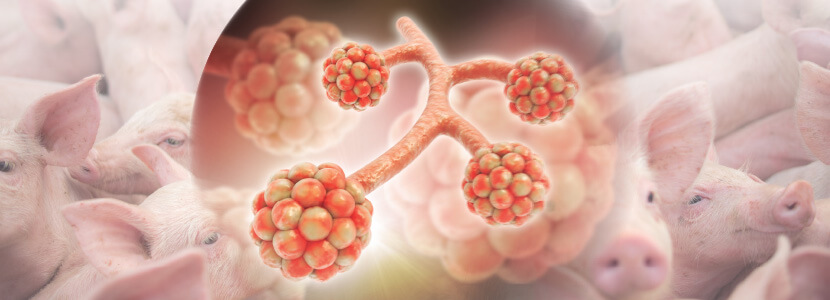
Differential diagnosis of respiratory processes in pigs
Desirée Martín Jurado Gema Chacón Pérez